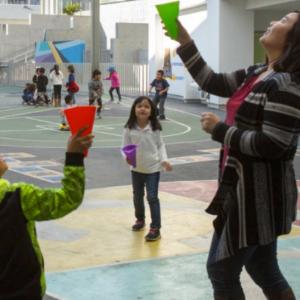Kentucky: ELL Resources

Kentucky’s schools are home to more than 38,852 English language learners. In recent years, some of the common languages spoken by ELLs in Kentucky have been Spanish, Somali, and Arabic. (U.S. Dept. of Education, National Center for Education Statistics)
Kentucky is a member of WIDA (World-Class Instructional Design and Assessment), joining in 2006. WIDA is a consortium of states dedicated to the design and implementation of high standards and equitable educational opportunities for English language learners which offers states programming for identifying and annually assessing the English language development of its English learners.
Note: For additional state-by-state data and information, see New America's English Learner Accountability Hub.
State ELL Resources
Kentucky Department of Education
- State ELL Website: English Learner and Immigrant Resources
- Data Resources: EL and Immigrant Data Collection and Reporting
- Title III: Title III Resources
- Multilingual Certifications: Kentucky Seal of Biliteracy
Related resources
Statewide Organizations
Note: Regulations change with time. If you see something that needs updating, please send an e-mail to Colorín Colorado. For more detailed information regarding ELL guidelines and policies at the state and federal levels, please see the following:
References
U.S. Department of Education. Our Nation’s English Learners. Most Common Non-English Languages Spoken by English Learners.







